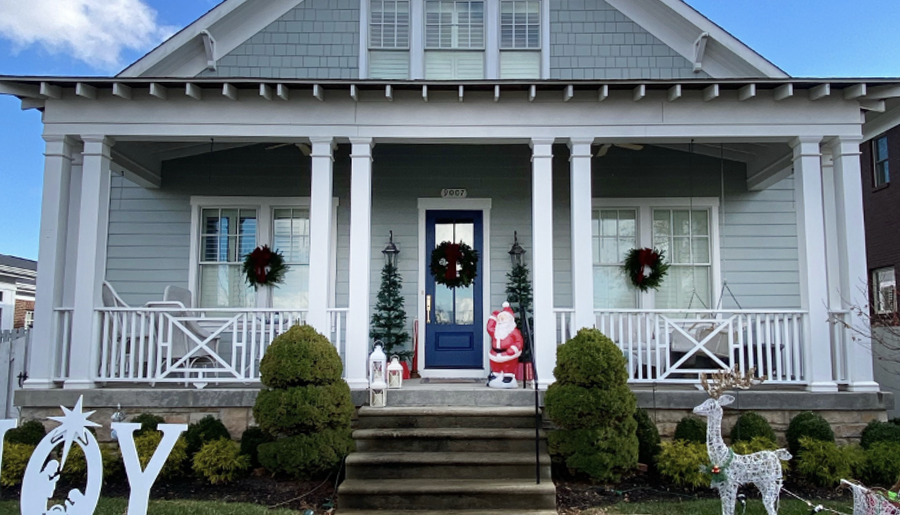More home buyers want healthy homes but don’t exactly know how to define them. This presents a unique opportunity for builders to clear up any uncertainty and gain trust for new projects.
It’s difficult to not think about our living spaces when we’ve spent nearly all our time indoors over the last year. We’re using more electricity, breathing more indoor air, and wanting a closer connection to the outside with large openings and natural light.
And that’s caused an increasing number of home buyers to consider renovations and construction that net a healthier home. But what makes a healthy home, and how can builders rise to meet these aspirations? Let’s break it down.
More natural light
This indoor-outdoor trend is not only very popular style-wise, but also more conducive to a healthier indoor environment. Natural light contributes to well-being, and with the right glass, homeowners can feel comfortably connected to their surroundings year-round, unaffected by changing temperatures.
Bring in natural light with large windows and glass wall systems, and outfit them with Low-E glass, which reduces heat transmission from the outdoors and minimizes cold spots, saving homeowners more on energy in the long run by maintaining consistent temperatures.
This only works, however, if the home has an airtight envelope. All the Low-E glass in the world won’t do any good to mitigate temperature changes if outside air can get inside.
An impenetrable envelope
Clean indoor air requires good sealing, and that comes down to choosing the right windows and doors. According to Dan Jacobs, director of product line management at JELD-WEN, the best choices are typically awning or casement windows—as well as out-swinging doors—which are common on the Florida coast due to the state’s strict wind code.
This local code makes a compelling case for installing out-swinging doors in healthy homes. If these doors can seal a home against winds in coastal Florida, they’re likely more than qualified to seal the air in a home away from water.
The added benefit to an impenetrable envelope is maintaining a livable indoor temperature during a power outage. With many homes relying on strictly electric heating and cooling systems, an airtight envelope helps ensure that everyone inside stays comfortable.
Fresh indoor air
While an airtight envelope is great for reducing energy costs and maintaining a comfortable temperature, without a filtration system in place, the air trapped inside may become stale and even dangerous due to chemicals and natural substances. According to the EPA, indoor air pollution is one of the top five environmental risks to public health.[1]
One solution is connecting energy recovery ventilation—also known as ERV—to the HVAC system, which draws clean, fresh air from the outside into the living space. ERV captures natural allergens, chemicals, and other pollutants, plus helps mitigate mold, mildew, and odors that build up the more time we spend inside.
Proper filtration, combined with an airtight envelope and natural light, will go a long way in delivering the health and security that home buyers are seeking from new homes.
How can builders get ahead?
Home buyers are already comfortable with energy-efficient features. To get ahead, builders need to show how energy efficiency is part of the larger healthy home picture in their consumer messaging and showcase homes in their portfolios that fit the above criteria.
For design and planning resources for windows and doors that contribute to healthy home building, visit JELD-WEN’s professional portal.



